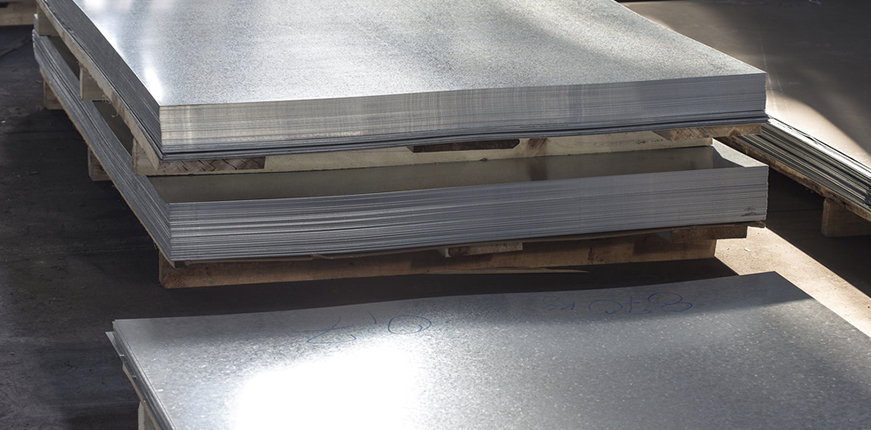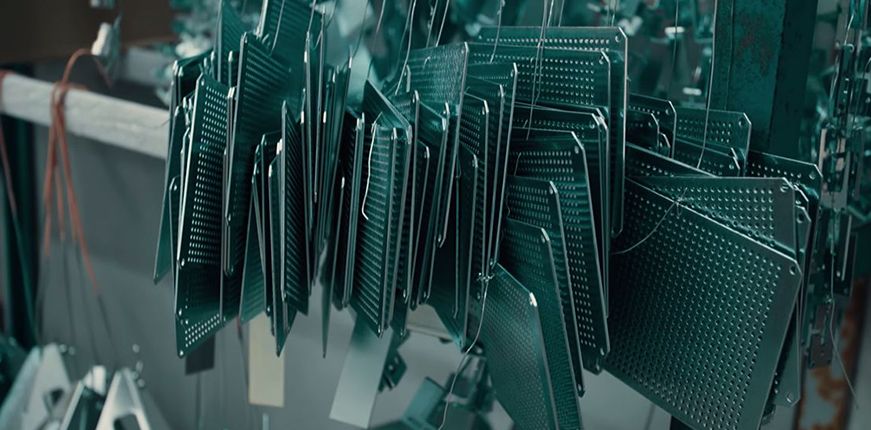
Tin Metal plant and its uses
Tin was widely used in various industries like electronic and others for its ability to protect the oxidation of base metal, thus maintaining its ability to pay. In the electronic applications, the lead is added for prevention of metal growth whiskers that can disturb deposits, which would otherwise cause an electrical short circuit.
The method of tin plating
The method of tin plating is used to protect the surfaces of ferrous and the non- ferrous metals. The tin is helpful metal in the food industry as it is corrosion resistant, ductile and non toxic. High quality toughness tin plated sheet metal base is comprised of various shapes without destroying the surface layer of tin. This offers sacrificial protection of nickel, copper along with non – ferrous metals, but not with the steel.
The process
The tin plating is the use of electrochemical incline of conductive solution. Ionized particles of tin melted in a solution and are controlled by the electrochemical and notes deposited on the fine layers from the plated object. Before tinning be unsoiled of oxides and dust or the organic material which can prevent the plating process. During the plating, the control of pollutants and temperature are important for a successful end product. Despite all the efforts, in price and time limits, the error can happen to the end product. From these errors, the tin whiskers were very precise, as they appear or else sufficient and plated products and do have the ability to wreak havoc from gold plated electronic parts.
Clean
The pan should be soaked in a clean tray, the electrical current, the mechanical equipment and the essences can make sure the purity adequate basis for applying application.
Plating – prepare a coating solution bath preferred for electrochemical reflections in hand. Cleaned tin was deposited in the electrolyte solution can act as anode. The object that be plated should be positioned to the same solution then acts as cathode. As the existing is used, ions are melted in electrolytic bath then travel to be plated. Because tin ions should have to be floated to the silver object, these anodes and the cathode have to be the same container that is filled with electrolytic bath solutions.

What is electroplating?
Electroplating has been for quite a long time and evolved from being an art to a small but consequential part of science. It is also considered part of engineering and has ever widening applications in various areas of engineering. Overt the last few years, the use of the electroplating process has increased in manufacturing electrical or electronic components which also includes optics, micro macro, sensors and opto – electronics. Of course, it remains the single most essential process where silver and gold plating or any other metal plating is bothered.
Electroplating is also called as electrodeposition and is used for making a metallic coating on the surface of an object using electric current. The method of electroplating needed adding a negative charge on the object to be plated and then immerse it in an ionic solution carrying positive charge. The positively charged ions are attracted to the negative charged surface of the object and thus coating takes place.
Electroplating and its types
The process of electroplating is used for coating any type of object with particular metals, which also includes gold, silver, aluminum, chromium and nickel. There are four types of electroplating methods and the type of process to be used depends primarily on the object to be coated the properties to be enhanced and metal to be used for coating. The various types of electroplating process include.
Rack – this electroplating process that is performed with a rack for holding the parts of an object that have to be plated. The work piece that require plating is mounted and then immersed in the plating solution. It is also called as batch plating.
Barrel plating
This is considered as affordable option of electroplating and is used where customer have particular plating requirements. This plating accommodates objects of various shapes, sizes and purpose of plating. There are two types of barrel plating oblique barrel and horizontal barrel.
Other plating process includes mass plating, in – line plating and continuous plating. the objective of various types of electroplating processes remains the same, which is to enhance the feel and looks of an object or to enhance the inherent qualities of the object in question.
